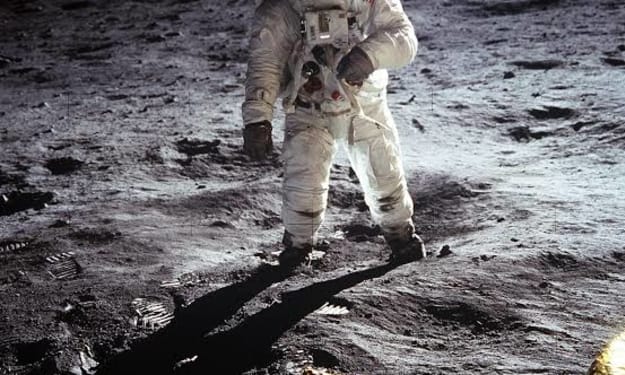The Moon's Influence
Unraveling Truths and Myths

Introduction: Dispelling Lunar Myths and Unveiling Truths
The moon, with its luminous presence in the night sky, has fascinated humans for centuries. From inspiring myths about its impact on behavior to its mysterious influence on Earth's creatures and environment, the moon's role in our lives has been a subject of speculation and intrigue. In this article, we delve into the realities behind eight common beliefs regarding the moon's effects on Earth, uncovering both the truths and the myths that surround this celestial body.
1. Sleep Patterns and the Full Moon: A Connection to Circalunar Rhythms
The notion that a full moon disrupts sleep patterns is rooted in more than just an illuminating cosmic presence. Studies reveal that individuals experience worsened sleep quality during full moons, with longer times to fall asleep and reduced REM sleep. While the impact of moonlight itself is considered minimal, some scientists propose the existence of circalunar rhythms, similar to circadian rhythms, which synchronize our behavior with the moon's cycle. This concept suggests that our evolutionary past may play a role in our sensitivity to lunar phases.
2. Magnetic Influence: Moon's Role in Animal Behavior
Certain animals, including migratory birds, frogs, and mollusks, utilize the Earth's magnetic field for navigation. This ability, known as magnetoreception, is exemplified by nudibranchs, sea slugs that align their bodies with the Earth's magnetic field. Recent research suggests that the moon's phases and position influence Earth's magnetic field, possibly impacting these creatures' behaviors.
3. Lunar Timing: Corals' Annual Reproduction Ritual
The Great Barrier Reef's annual coral spawning, often dubbed the "annual sex festival," is a remarkable event that involves the simultaneous release of eggs and sperm by coral polyps. Researchers have found that this synchrony is triggered a few days after a full moon. Corals possess photoreceptors that detect changes in blue wavelengths of moonlight, helping them determine the opportune time for spawning.
4. Atmospheric Tides: Moon's Impact on Earth's Atmosphere
The moon's gravitational pull gives rise to ocean tides, but it also induces tides in Earth's atmosphere. The atmosphere experiences a pressure difference due to the moon's gravitational forces, resulting in variations in air density and temperature. This phenomenon can influence cloud formation and precipitation patterns, leading to subtle changes in rainfall.
5. Menstrual Cycles and Lunar Phases: A Coincidental Similarity
The belief that menstrual cycles are synchronized with lunar phases is deeply ingrained in language and culture. However, modern research challenges this connection, as studies analyzing menstrual cycle data from a vast number of individuals show no correlation between lunar phases and menstrual cycles. The similarity in cycle lengths between the moon and menstruation remains an intriguing coincidence with no clear explanation.
6. Scorpions' UV Glow: Moonlight as a Navigation Tool
Scorpions possess the ability to fluoresce under ultraviolet (UV) light, a phenomenon observed when they glow in moonlight. Researchers have found that scorpions use their own green glow as a proxy for the amount of UV light present. This unique adaptation aids scorpions in determining the safety of venturing out to forage for food or seeking refuge from predators.
7. Seizures and Lunar Cycles: Investigating the Connection
The belief that seizures are triggered by lunar phases has been prevalent in various cultures. While the full moon is not a seizure trigger, research suggests that epileptic seizures may have some association with lunar cycles. Studies indicate that epilepsy patients experience higher seizure frequencies during darker nights, possibly due to the influence of melatonin production.
8. Dung Beetles' Lunar Navigation: Polarized Light Detection
Dung beetles exhibit remarkable navigation skills, relying on polarized light to orient themselves in a straight line. Studies have shown that even during crescent moon phases, these insects can sense the moonlight's polarization and navigate effectively. The full moon enhances their ability to detect polarization, aiding their navigation during foraging activities.
Conclusion: A Balance Between Reality and Myth
The moon's allure has fueled countless myths and speculations about its effects on Earth and its inhabitants. While some beliefs are based on historical observations, scientific exploration has illuminated the true extent of the moon's influence. From sleep patterns to animal behaviors, the moon's role is both complex and multifaceted. By unraveling the truths and myths surrounding the moon's effects, we gain a deeper understanding of our interconnectedness with the cosmos and the natural world.





Comments
There are no comments for this story
Be the first to respond and start the conversation.